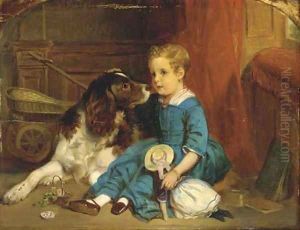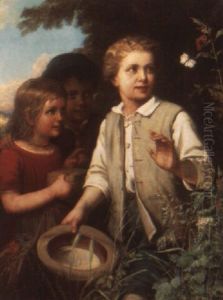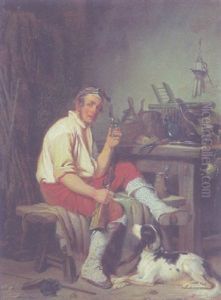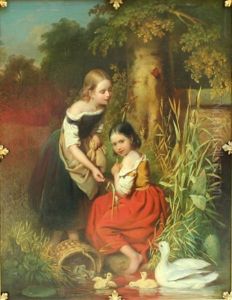Johannes Antonius Canta Paintings
Johannes Antonius Canta, commonly known as Jan Canta, was a Dutch painter and draftsman born on July 24, 1889, in Amsterdam, Netherlands. He is known for his landscapes, still lifes, and works that depict everyday life with a particular focus on capturing the interplay of light and shadow.
Canta studied at the Rijksakademie van beeldende kunsten (State Academy of Fine Arts) in Amsterdam. During his time at the academy, he was influenced by the Amsterdam Impressionism movement, which was a response to French Impressionism. This movement emphasized a brighter palette and the effects of light on the urban landscape, which certainly found a reflection in Canta's work.
After completing his education, Canta began to exhibit his work, participating in various group exhibitions and gaining recognition for his artistic talents. His paintings often featured the Dutch countryside, where he skillfully captured the serene and pastoral moods of the scenery. He was particularly adept at rendering the effects of sunlight filtering through trees or reflecting off of water, imbuing his landscapes with a sense of peace and tranquility.
In addition to his landscapes, Canta also painted still lifes, which were marked by a meticulous attention to detail and a rich, vibrant use of color. His still lifes often depicted ordinary objects, which he elevated through his artistic vision to something more profound, exploring themes of light, texture, and composition.
Throughout his career, Canta remained devoted to his art, and over the years, his style evolved to incorporate elements of modernism. However, he never completely abandoned his roots in Impressionism, and his works continued to be characterized by a focus on light and atmosphere.
Jan Canta's contributions to Dutch art were recognized in his lifetime, and his works were collected by various institutions and private collectors. Today, his paintings can be found in the collections of Dutch museums and are appreciated by art enthusiasts for their beauty and mastery of technique.
Canta passed away on January 1, 1964, in Amsterdam. His legacy lives on through his artworks, which continue to be exhibited and celebrated for their contribution to the Dutch art scene of the early 20th century.

















